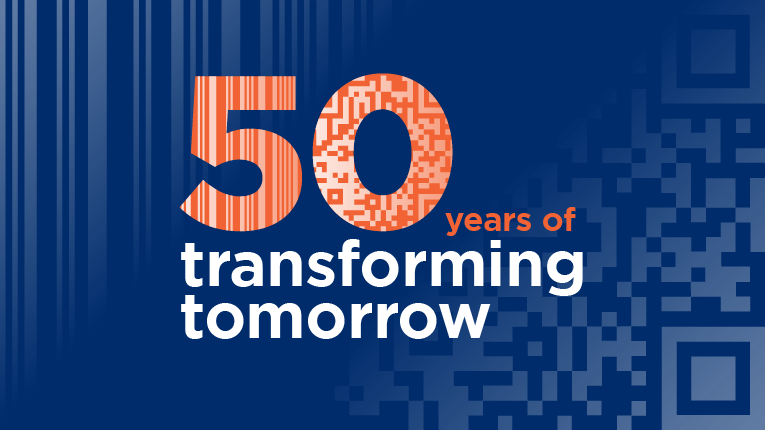The barcode turns 50
The next generation of barcodes can offer new levels of reliable information, for the benefit of consumers, businesses and the planet.
There is a reason the BBC has called the barcode “one of the 50 things that made the modern economy”. Since its creation in 1973, this humble—yet powerful—symbol is now on over 1 billion products, and the “beep” at the checkout counter is instantly recognisable around the world.
The barcode forever changed the way we shop. All barcodes may look the same, but the power lies inside. Thanks to GS1 global standards, a simple scan connects a physical product to digital information that flows seamlessly across the supply chain. From farm to store, barcodes—and the data behind them—enable more resilient and transparent supply chains.
2D: a new dimension in barcodes...
“2D barcodes have immense potential, and we’re excited to see how they will improve food safety, traceability, and stock management.” Richard Plunkett, GM Business Enablement, Woolworths.
As the barcode turns 50, next-generation barcodes, such as two dimensional QR codes, promise to once again change the way we shop. These new codes can capture unprecedented amounts of trusted data for businesses, regulators, consumers, and patients alike, offering much more than just links to webpages. They can tell a product’s “story”, where it comes from, if it contains allergens, is organic, how it can be recycled—and what its environmental footprint is. This new level of transparency will ultimately help people make smart decisions about what they buy and use.
To usher in this new reality, GS1 is building a coalition of industry leaders to deploy next generation barcodes around the world. At the end of 2020, GS1 launched a global initiative to transition from traditional to next generation barcodes together with key players in the retail sector. There are over 20 countries and districts that have already started successful pilots.


